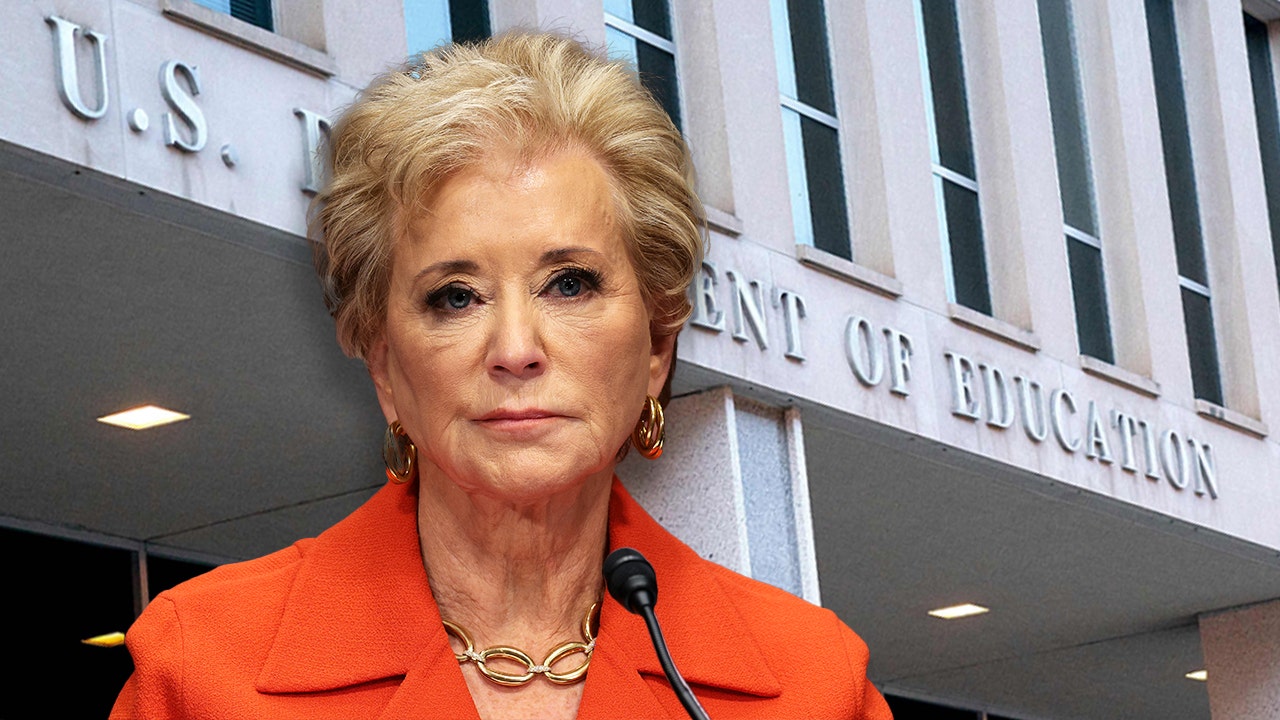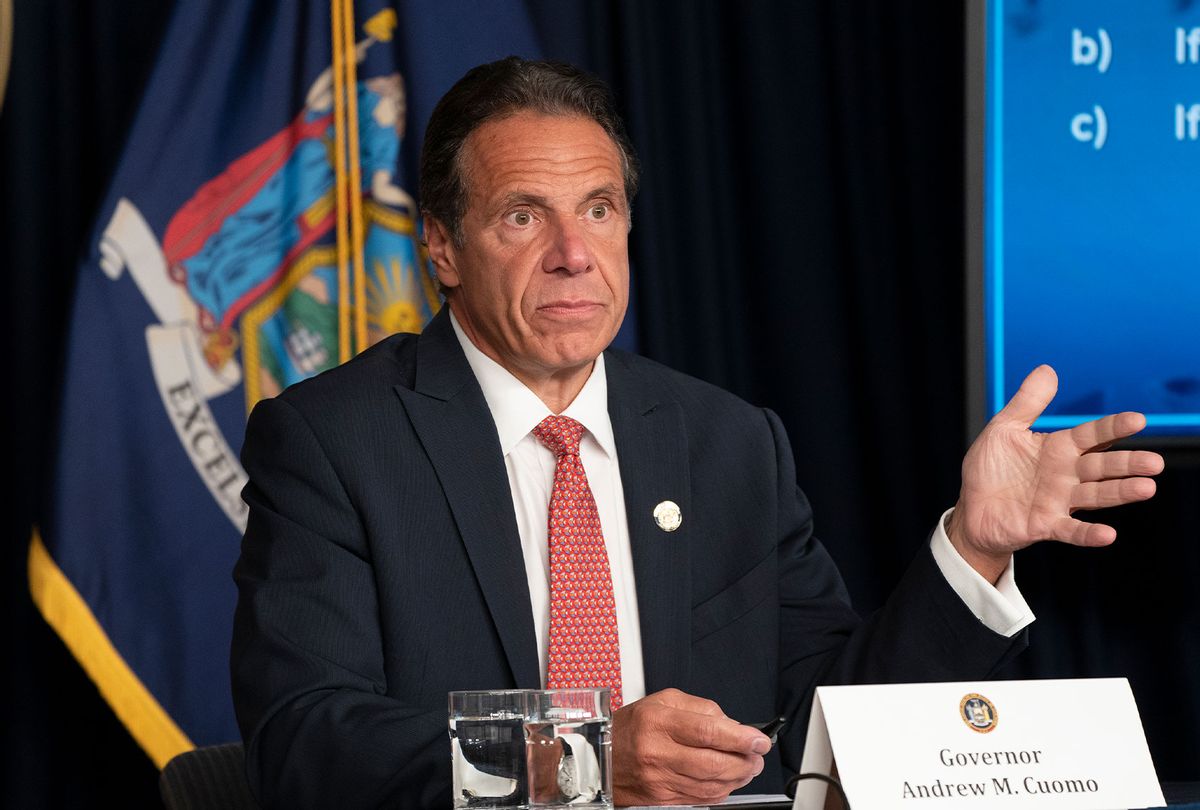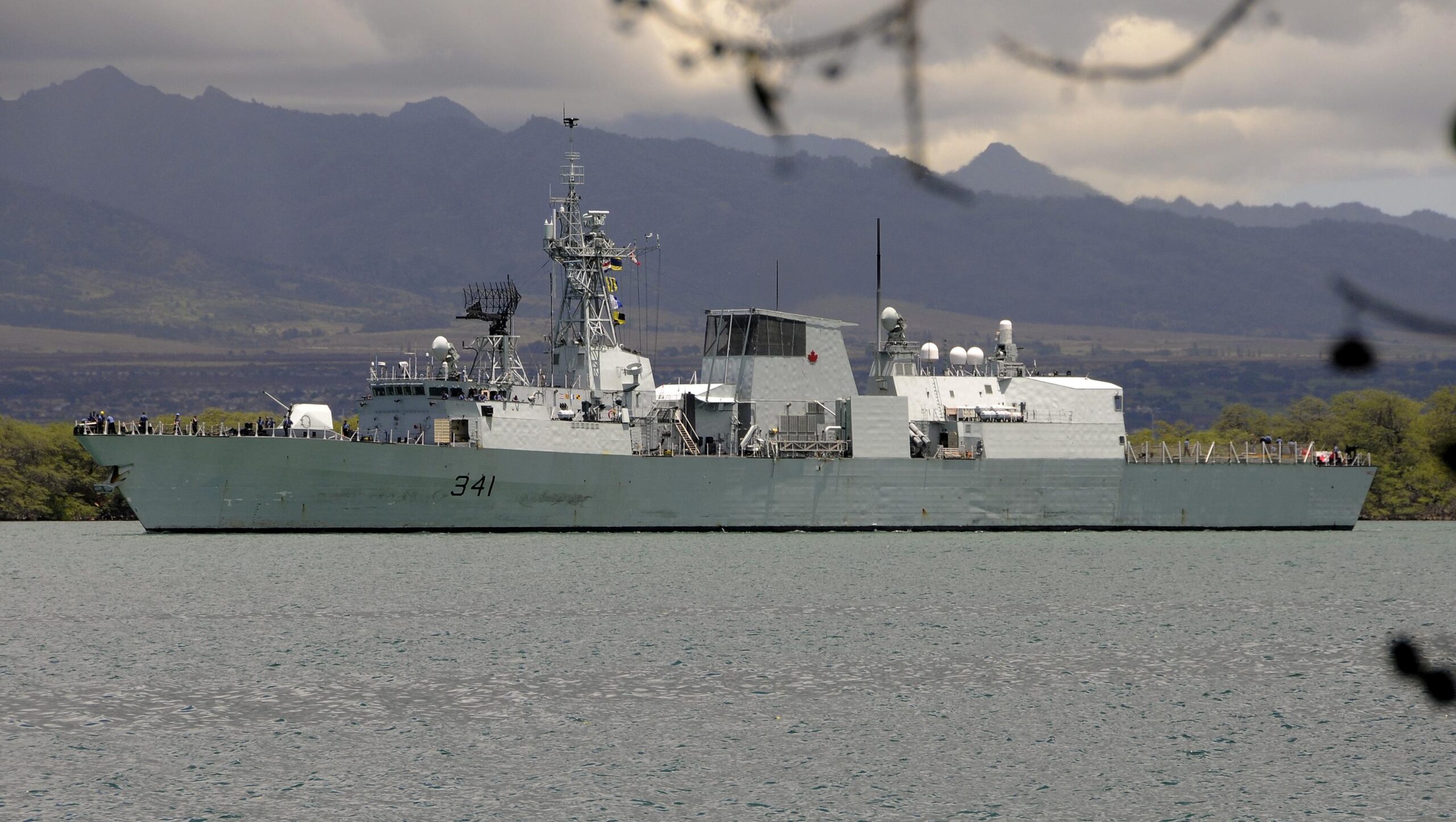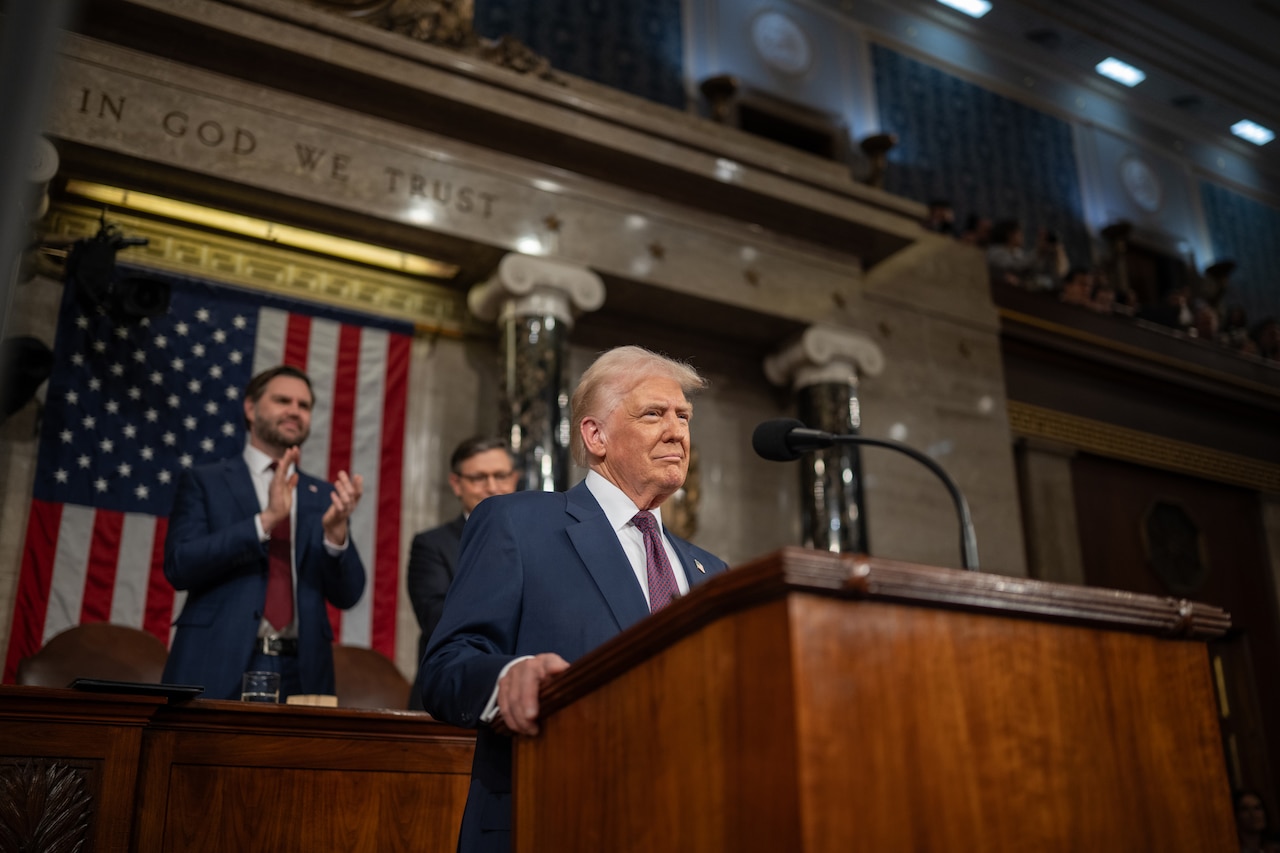Ukraine remains a big source of gas turbines and engines for Chinese destroyers and aircraft. Helicopters may be the last area where China struggles with its own designs but that could change, analyst says
In a report released on Monday, the Stockholm International Peace Research Institute (SIPRI) said China’s arms imports in 2019-23 fell by 44 per cent from the previous five years, putting it 10th on the list of the world’s biggest buyers of foreign weapons.
Russia supplied 77 per cent of China’s purchases, including aircraft engines and helicopter systems, followed by France with 13 per cent.
Despite the war with Russia, Ukraine remained the third-largest source of China’s imports with 8.2 per cent, supplying gas turbines for destroyers and engines for China’s L-15 trainer/light combat aircraft.
SIPRI did not say how China’s imports from Russia and Ukraine changed after the Russian invasion in early 2022. But previous reports from the institute said Ukraine accounted for 5.9 per cent of China’s total arms imports in 2017-21.

Siemon Wezeman, a senior researcher with the SIPRI Arms Transfers Programme, said Russia could not replace Ukraine as a supplier for some of China’s equipment.
“When the ships and aircraft were designed and production started, Russia did not produce these types of gas turbines or jet engines – Russia actually depended also on Ukraine for these same engines for their own ships and trainer/combat aircraft,” Wezeman said.
The report said the rapid drop in Chinese imports overall was because of Beijing’s “growing ability to design and produce its own major arms” and would probably “decrease further as it develops this capacity”.
Wezeman said China had localised several systems in the past few years, such as engines for combat and transport aircraft that it imported from Russia and marine engines from Ukraine, France and Germany.
“As far as we can see, any change in Chinese arms relations with Ukraine is linked to China becoming more capable to design and produce its own weapons and major components – as part of a long-existing policy,” he said.
“The invasions of 2022 may have given Ukrainian companies more problems to supply China, which may give an extra impetus to China’s do-it-yourself efforts. However, we have not seen an political rift between Ukraine and China impacting on the arms relations.”
Wezeman said that by the end of last year, new versions of aircraft and ships with Chinese engines came into production, with no need for foreign supplies.
“Helicopters are probably the last bulwark of difficulty. Helicopters are incredibly difficult to produce … China has a long-term problem with that. That’s why they kept producing under-licensed French helicopters and kept importing Russian helicopters,” he said.
“But also China has shown that it can now produce engines, rotors, and transmission systems. There are still Russian helicopters being imported, but in very limited numbers, and new Chinese designs are coming up and probably taking over in the coming years.”
Overall, Asia and Oceania had six of the world’s 10 largest arms importers in 2019–23: India, Pakistan, Japan, Australia, South Korea and China.
India topped the list with 9.8 per cent of the global arms imports, up from 9.1 per cent in 2014-18, largely driven by “tensions with Pakistan and China”.
Japan and South Korea also had a greater share of arms imports, with Tokyo increasing its weapons purchases by 155 per cent, and Seoul by 6.5 per cent. The United States was the biggest source for both countries.
“There is little doubt that the sustained high levels of arms imports by Japan and other US allies and partners in Asia and Oceania are largely driven by one key factor: concern over China’s ambitions,” Wezeman said.
“The [US], which shares their perception of a Chinese threat, is a growing supplier to the region.”
China had a 19 per cent share of arms imports in sub-Saharan Africa, narrowly overtaking Russia with 17 per cent, to become the largest arms supplier to the region in 2019-23.
European countries almost doubled their arms imports between 2014-18 and 2019-23, with more than half of the weapons supplied by the US. Ukraine emerged as the biggest European arms importer and the fourth largest in the world after at least 30 states supplied military aid to counter Russia’s invasion in February 2022.
Despite the ongoing war in Gaza and the Red Sea, the Middle East saw a 12 per cent decrease in arms imports in 2019-23 compared with the previous five years, while three countries – Saudi Arabia, Qatar and Egypt – were among the top 10 importers.
In arms exports, China sold weapons to 40 states, ranking fourth in global share on a steady 5.8 per cent although export volumes were down by 5.3 per cent.
Pakistan took 61 per cent of China’s arms exports, followed by Bangladesh with 11 per cent and Thailand 6 per cent.
The US’ global arms exports grew by 17 per cent, with weapons delivered to 107 states in the past five years, more than in any previous five-year period and far more than any other arms exporter. Its overall share rose from 34 per cent to 42 per cent.
“The [US] has increased its global role as an arms supplier – an important aspect of its foreign policy – exporting more arms to more countries than it has ever done in the past,” said Mathew George, director of the SIPRI Arms Transfers Program.
“This comes at a time when [Washington’s] economic and geopolitical dominance is being challenged by emerging powers.”
France, for the first time, became the second-largest weapons exporter on 11 per cent, overtaking Russia, which had a 53 per cent decrease in arms export volume between 2014-18 and 2019-23.
China took 21 per cent of Russian exports after India, which had 34 per cent.





















Discussion about this post